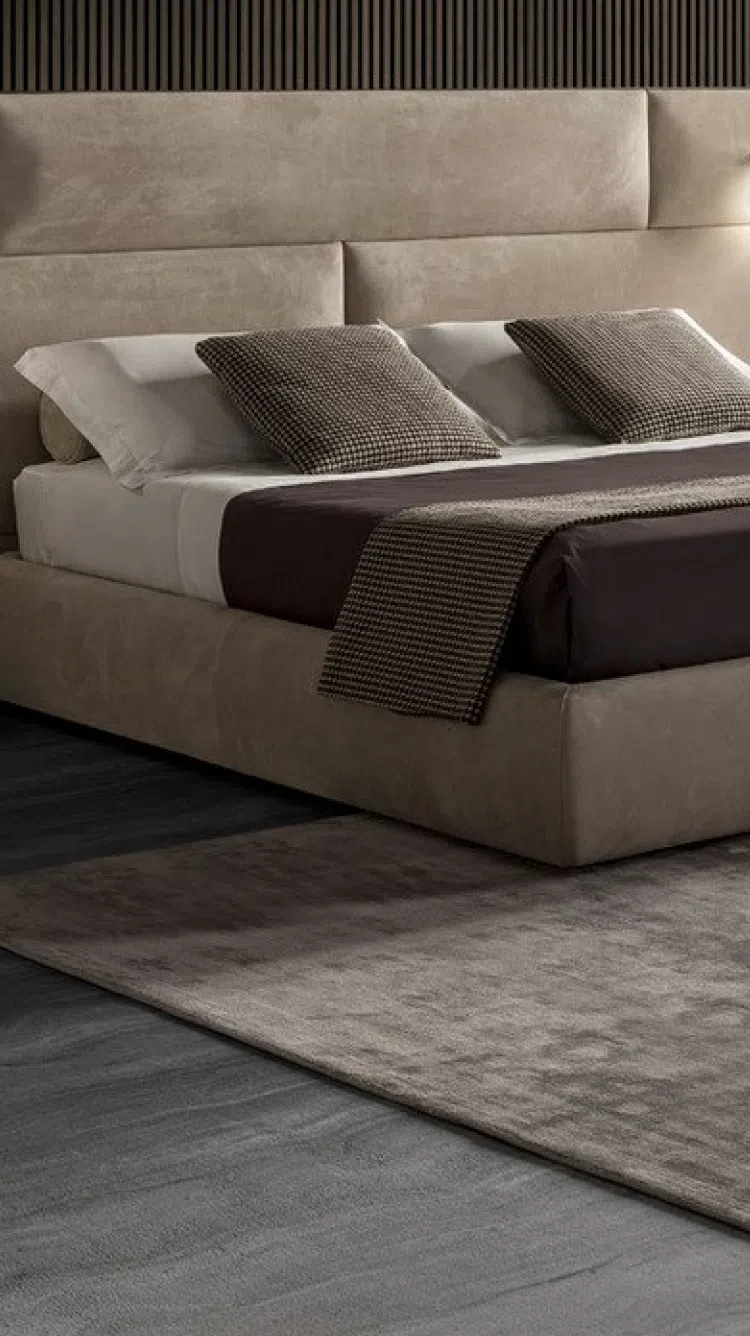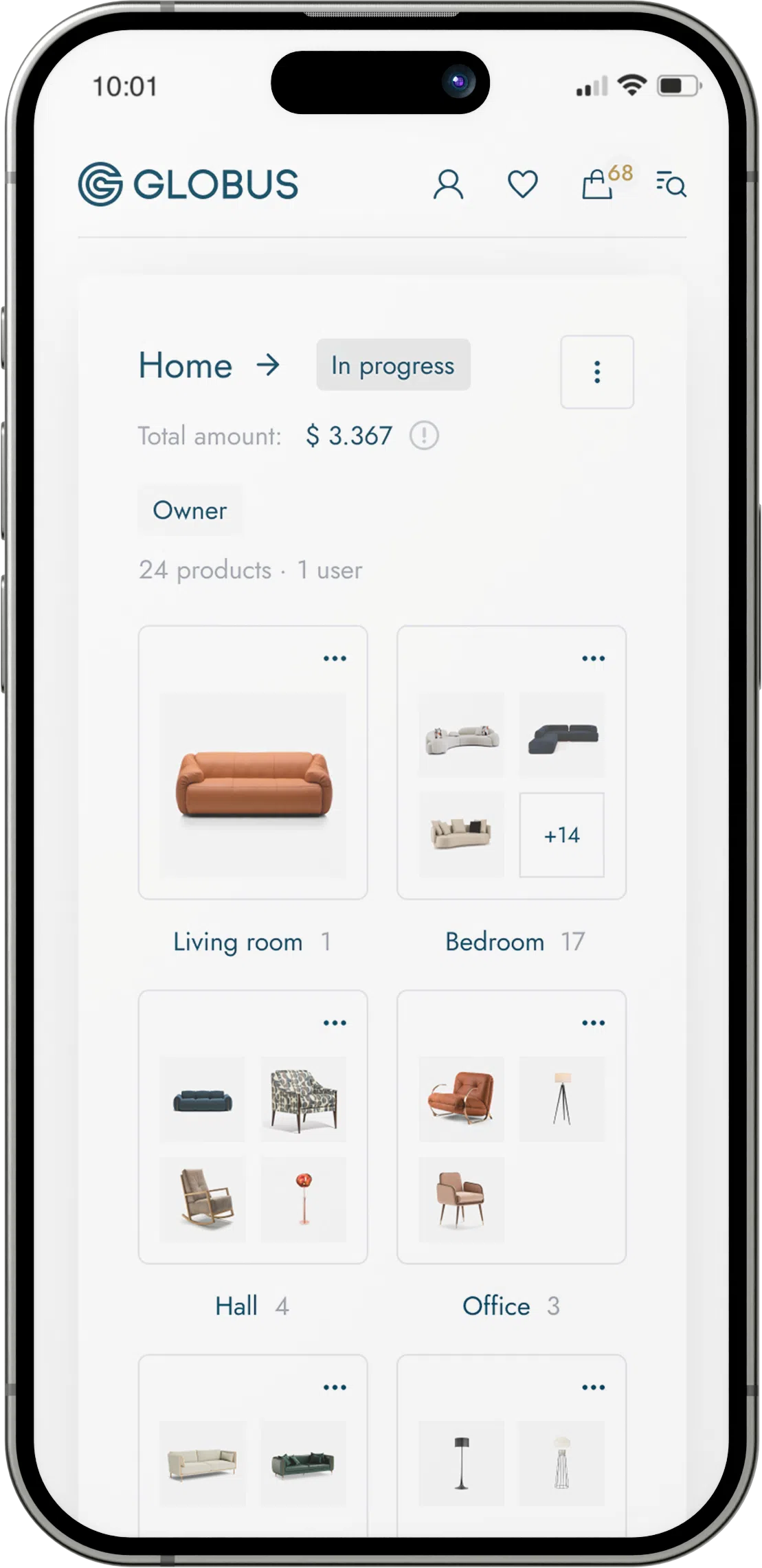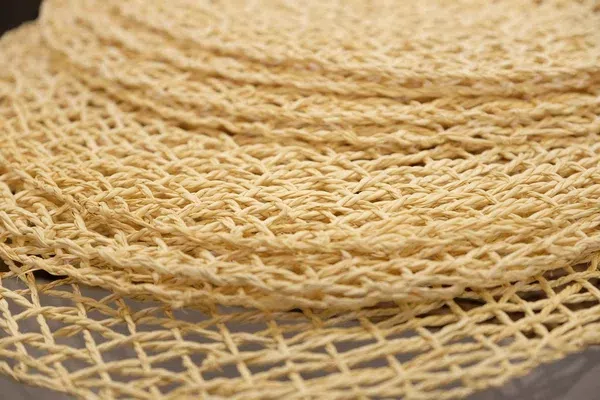Synthetic rattan is a durable, versatile, and aesthetically pleasing material designed to emulate the natural qualities of traditional rattan while offering several advantages, particularly in terms of maintenance and resilience.
Composition and Manufacturing:
Synthetic rattan, also known as all-weather rattan or PE rattan (polyethylene rattan), is typically made from high-density polyethylene (HDPE), polypropylene (PP), PVC, or PU – plastics that are extruded to create fibers that mimic the look and feel of natural rattan. These fibers are then woven by hand or machine over metal frames – often aluminium, due to its rust-resistant properties – to create the structure of the furniture.
Advantages of Synthetic Rattan:
Durability: Synthetic rattan is highly resistant to fading, cracking, and peeling when exposed to sunlight thanks to UV stabilizers in its composition. This characteristic makes it ideal for outdoor furniture.
Weather Resistance: Unlike natural rattan, synthetic materials are not susceptible to water damage. They are able to withstand exposure to rain, snow, and humidity without deteriorating, making them perfect for all weather conditions.
Low Maintenance: It requires minimal upkeep compared to natural rattan. It can be easily cleaned with soap and water, and doesn't require the periodic re-varnishing or painting that natural rattan does.
Pest Resistance: Synthetic rattan does not hold appeal for pests like termites and other insects that can affect natural wood products.
Color and Style Variety: Manufacturers can incorporate a wide range of colors and textures into synthetic rattan. It can also be crafted to replicate the intricate weaves of natural rattan, giving consumers a multitude of design options.
Eco-Friendly Options: Some synthetic rattans are made from recycled plastics, offering a more sustainable option for environmentally conscious consumers.
Comfort and Flexibility: Although synthetic rattan is sturdy, it often provides a certain degree of flexibility, which leads to comfortable furniture that can slightly adapt to the weight and shape of the user.
Disadvantages of Synthetic Rattan:
Environmental Impact: Production and disposal of synthetic rattan involve plastic, which can be environmentally harmful if not recycled properly.
Heat Sensitivity: In extreme heat, synthetic rattan may become more pliable and potentially warp if the quality of the material is not high.
Aesthetic Appeal: While high-quality synthetic rattan can closely mimic the look of natural rattan, purists may still prefer the traditional material for its natural beauty and texture, even though it is less durable.
Applications:
Synthetic rattan is widely used in outdoor and indoor furniture, including dining sets, sofas, lounge chairs, daybeds, and decorative accessories. It's also utilized in commercial settings, such as hotels, cafes, and poolsides, because of its durability and ease of maintenance.
Care and Maintenance:
Taking care of synthetic rattan furniture is relatively straightforward. Regular dusting or vacuuming can remove surface debris. For deeper cleaning, a mild detergent solution can be used, followed by a rinse with clean water. It's also advised to protect the furniture from extreme conditions by using furniture covers or storing pieces indoors during harsh weather or when not in use for extended periods.
Overall, synthetic rattan is a strong, cost-effective option that offers the visual appeal of natural rattan with added practical benefits, which is why it has become so popular in the realm of garden and patio furniture.



